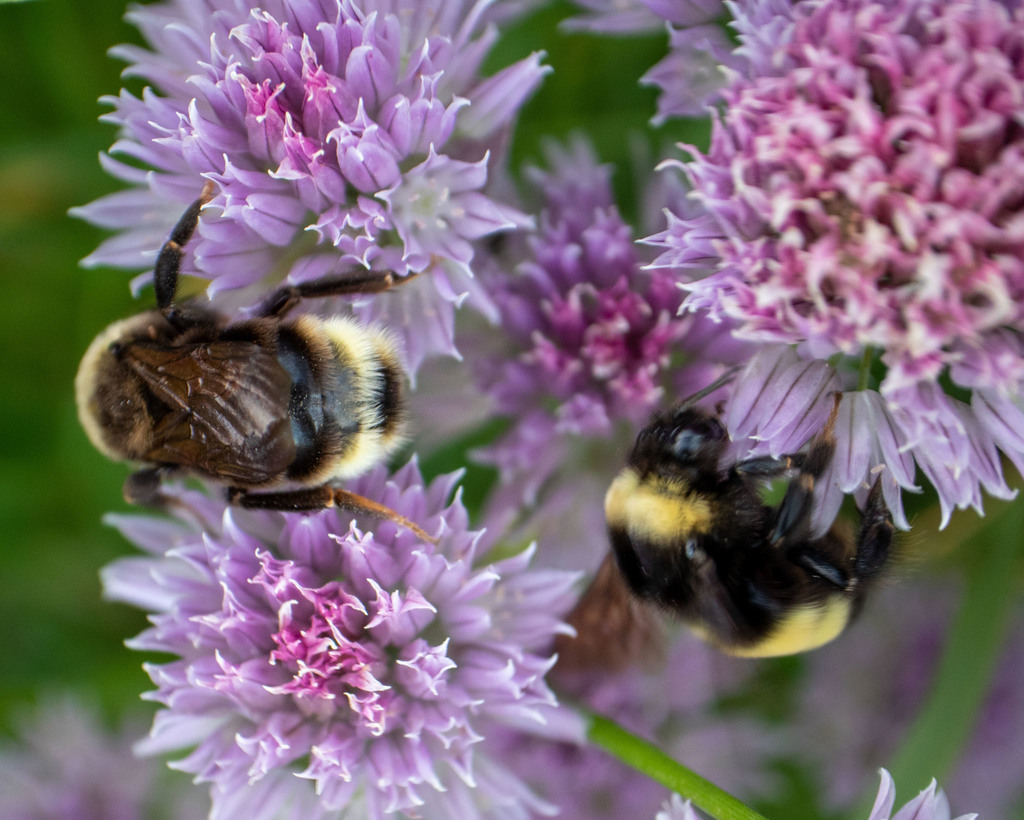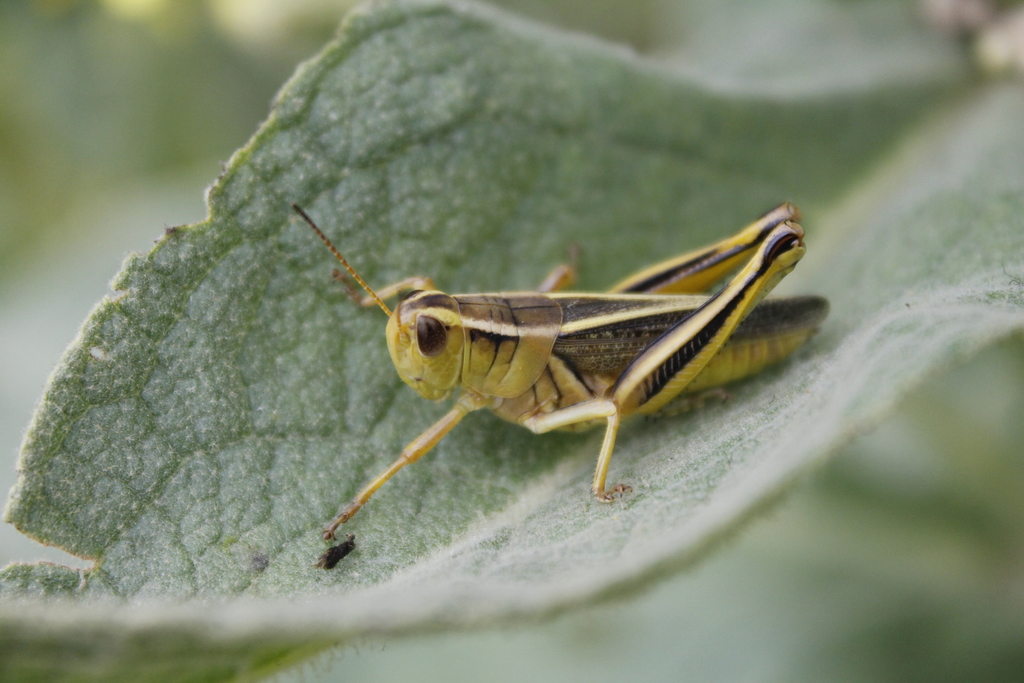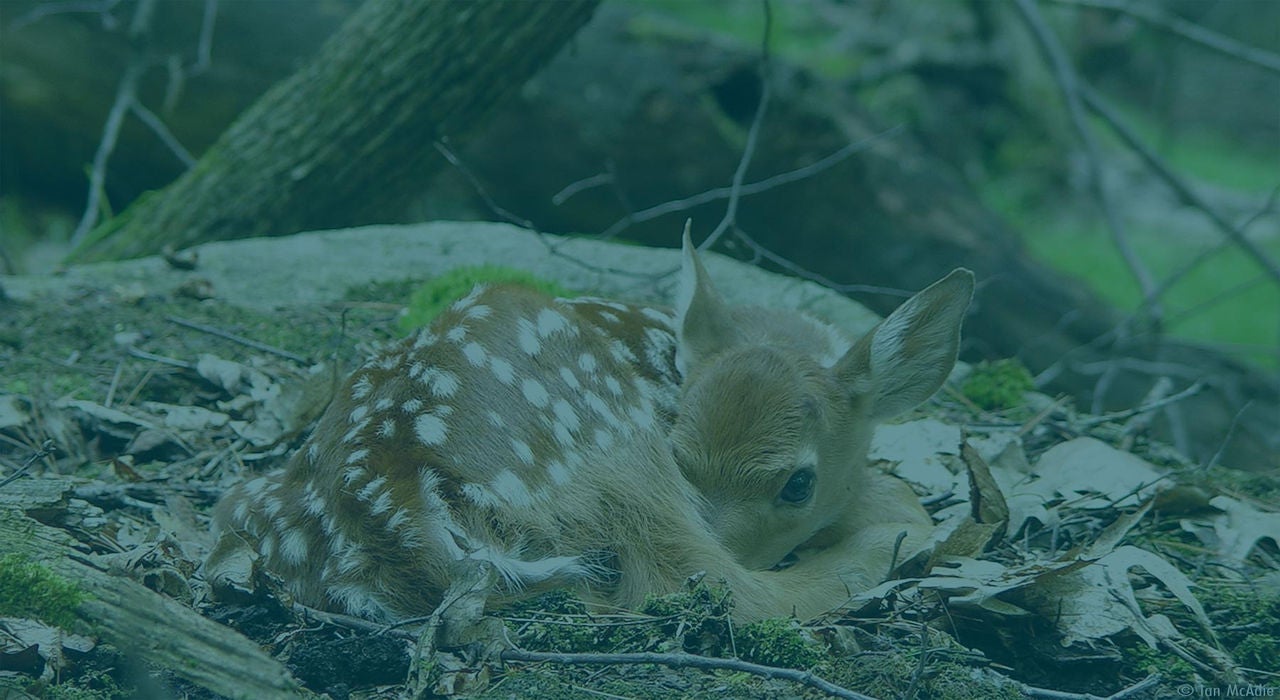Not the Usual Suspects
Although insects impact our lives in many important ways, we realize that not everyone is as keen as we are to know every last insect we see. The Canadian Wildlife Federation’s ‘2023 Native Prairie Grassland Report’ to producers details what we found surveying eight south Saskatchewan rangelands. Here is a very short guide to insects we presented in our report .
True Hoppers
Maybe we can start with what is a bug, and what is not a bug. To be a bug, you have to have specialized wings and sucking mouth parts. So, creatures like grasshoppers and flies are bugs while bees, spiders and butterflies are (technically) not bugs. But they are all insects.
Let’s start with the True Hoppers. This describes a few insect families and two that we commonly find in our samples: the leafhoppers/froghoppers (the most diverse group we find) and planthoppers (less common). They are called true hoppers because, within this group of insects, they are the only ones that actually can hop! The Red-banded Leafhopper is a True Hopper that we have found in samples across southwestern Saskatchewan.
Froghoppers are also True Hoppers, named for their frog-like jumping ability. They are one of the several types of insects in this group commonly called spittlebugs due to the spit-like foam that their young coat themselves in when they are attached to a plant. This protects them from predators and prevents them from drying out. The larvae and adults feed on plant fluids, and while some can be pests, most are harmless.
Bees
Native bees are a very diverse group of insects that are important pollinators on native grasslands. Bumble bees are in this group as are sweat bees, insects that pollinate plants but produce little to no honey. The well-known honeybee is actually not native to North America but introduced from Europe for domestic and commercial honey production.
Flower Flies
Flower flies are often mistaken for bees and wasps, probably because they are working hard to look like them. This mimicry is thought to be an adaptation to seem dangerous without having to be dangerous; flower flies are stingless. Like bees however, they are important pollinators and the larvae of several species are effective aphid predators. So these guys are valuable throughout their lives. They are distant relatives of your run-of-the-mill house fly, but way more attractive.
Big-headed Flies
This brings us to big-headed flies. This is an entire family of flies that are close relatives of the flower flies. Like flower flies, their larvae feed on other insects The original pumpkin heads — their scientific name is Pipunculidae, which means pumpkin in Latin. Their appetite for eating crop pests also make them a valued member of the native insect community.
Grasshoppers
Grasshoppers Lots of insects get called grasshoppers when they are not. To be fair, the difference between a grasshopper and, say, a cricket can be hard to figure out. If you look at them closely, you will see that grasshoppers have a body that is thick at the head, tapering towards the back and have very large thighs in their hind legs. Perhaps what distinguishes them most from other hoppers is what they eat. Grasshoppers are well known for eating plants; grass, grain crops, pretty much everything green. Locusts are a type of grasshopper for instance and can be a serious pest. Other hoppers, like leafhoppers, are plant sap eaters .
Dr. Dan Johnson, an environmental science professor at the University of Lethbridge in Alberta, offers these fast-and-easy guidelines to distinguish between crop pest grasshoppers and non-pest species.
- Any grasshopper flying before June is not a pest.
- Crop pest grasshoppers hatch in late May and early June, are brown or black and always have tiny, triangular wing buds, not large wings that can be folded back when examined closely.
- Any grasshopper with hind wings highly visible in flight (red, yellow, orange or black) is not a pest. Grasshoppers have four wings — the hind wings are the flying wings, which are folded under the leathery forewings when not in use.
- Any grasshopper that sings, calls, clacks, clatters or makes other similar sounds, either in flight or on the ground, is not a pest. The pest species (and some non-pest species) are silent.
- Any grasshopper that inhabits a crop on a warm day without feeding on the vegetation may be a temporary resident that is moving to more preferred vegetation.
- Grasshoppers that remain in rangeland, headlands or other grassland without moving into crops are likely to be species that do not damage crops (monitoring during warm weather will allow this to be determined), and do not require control actions.
- Grasshoppers that appear lethargic and hang on vegetation in mid or late summer may be infected with naturally occurring pathogens that will help reduce their numbers.
Know For Sure — And Help Science!
We’re just scraping the surface of course — it would not be possible for us to describe the hundreds of species of insects we have collected on native grasslands in Saskatchewan. If you are interested though, we would encourage you to download the iNaturalist app to your smartphone to help identify insects you find on your land. With a photo and a location, experts from around the globe will help you identify what kind of insect (or bird, or plant) you have seen.
Insects are a critical part of the ecosystem, providing food for spiders, frogs, bats and birds. They cycle nutrients and aerate the soil. Thank you for helping provide beneficial insects with healthy habitat.








